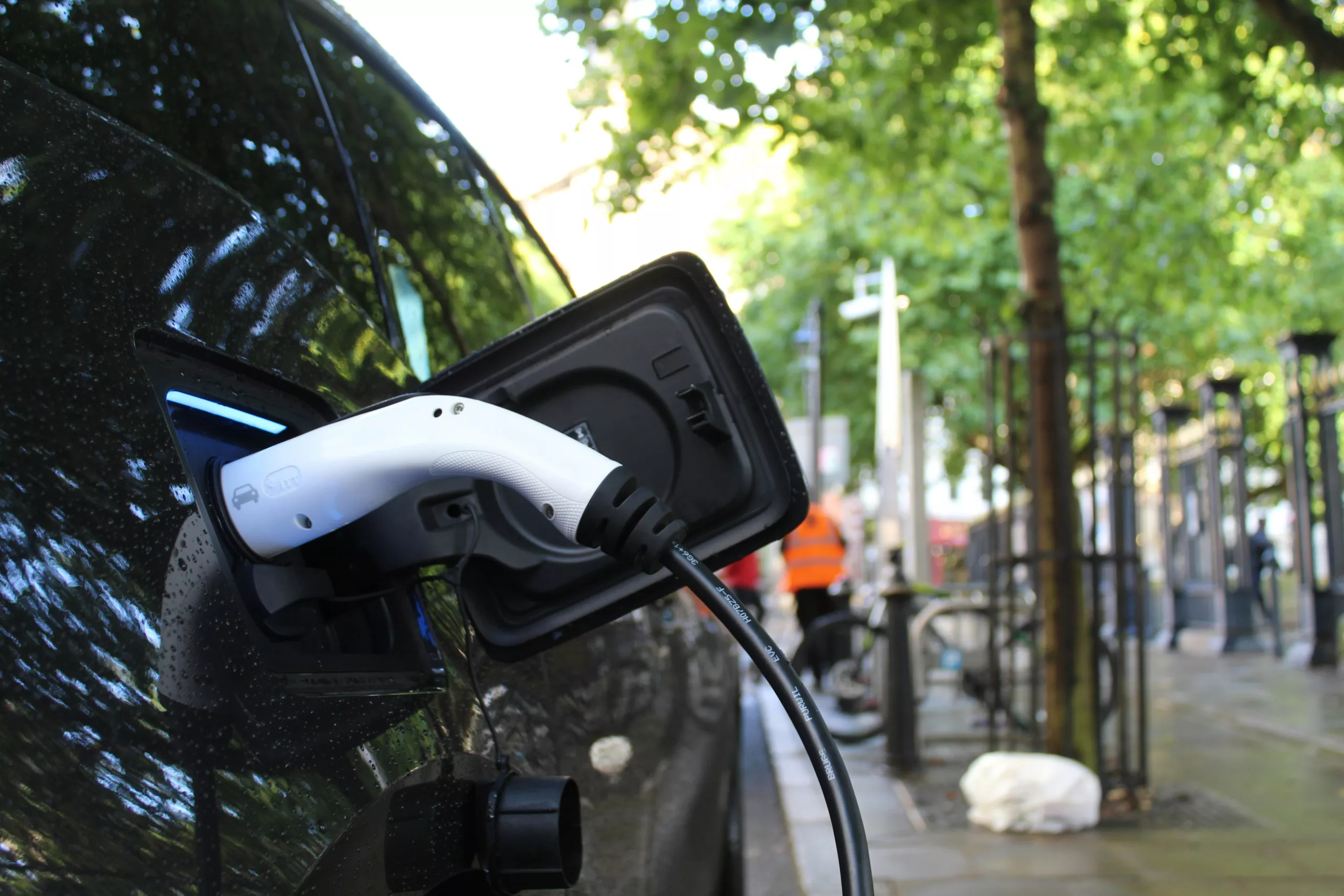Introducing groundbreaking emissions regulations, the Environmental Protection Agency (EPA) has shaken the automotive landscape with new standards poised to significantly alter vehicle production. This initiative is projected to slash permissible exhaust emissions from cars and light-duty trucks by an audacious 56 percent. What’s striking is the unspoken requirement for automakers to pivot toward battery electric vehicles (BEVs) in order to fall in line with these ambitious targets. This shift, unsurprisingly, has elicited vocal criticisms from industry heavyweights such as Toyota and Stellantis, who contend that the EPA is overestimating the speed at which the EV market can expand, thereby placing undue strain on the auto sector.
Automotive Giants and the UAW Challenge EPA’s Aspirations
Stellantis has not shied away from sharing its skepticism, pointing to what it perceives as unwarranted optimism from the EPA regarding the EV adoption rates, combined with an underassessment of impending challenges. Toyota’s stance mirrors this, emphasizing potential issues regarding manufacturing capabilities and customer acceptance. The overarching message is clear: the demand envisioned by the EPA may outpace the policy mechanisms currently in place, introducing significant uncertainty for carmakers expected to adhere to these stringent norms.
Equally pertinent is the United Auto Workers’ (UAW) stance, emphasizing the need for a gradual transition to tougher emissions standards. Their concerns stem from the observation that jobs within the EV sector may not offer the same financial security as traditional automotive roles, underlining the potential socioeconomic ramifications of a rapid shift.
New Federal Emissions Standards Set the Stage for Climate Action
The Biden administration recently championed one of the most consequential legislative acts for the climate by finalizing stringent limits on pollution from cars and trucks. This directive, due by 2032, envisions an era where the US leads in manufacturing cleaner autos proudly wearing the “Made in America” badge. This plan gradually tightens the noose on emissions until hitting full stride just as EV sales are expected to proliferate.
Predictions suggest that the fleet of vehicles plying the roads will include up to 56 percent EVs by the target year of 2032. By 2055, the EPA anticipates an impressive cut of over seven billion tons in CO2 emissions, alongside significant reductions of other pollutants. These numbers are more than just figures; they reveal the magnitude of potential public health benefits, specifically a notable decrease in fine particulate emissions known for their adverse health impacts.
Industry Reactions: A Mixed Bag
The new EPA rule has been met with a variety of reactions within the automotive sector. Automakers and the UAW have publicly appreciated the revised standards, recognizing them as a balanced approach that safeguards jobs while facilitating a gradual move toward cleaner technologies. Contrastingly, environmental advocates have expressed dissatisfaction, finding the new rule to be diluted by concessions and rife with exemptions that undermine its integrity.
Political opposition has also surfaced, exemplified by Senator Joe Manchin’s intentions to side with efforts aimed at invalidating the rule due to concerns about reliance on foreign supply chains and the absence of a solid transition plan.
Highlighting Plug-In Hybrids in the Green Transition
Plug-in hybrid vehicles (PHEVs), which were scarcely mentioned in the preliminary proposal, have now gained prominence under the EPA’s finalized mandate. By embracing a mix of fully electric and plug-in hybrid vehicles, manufacturers can meet the demanded reduction in emissions. Furthermore, this policy is projected to yield substantial economic benefits including fuel cost savings and a reduction in automotive repair expenses, while also preventing premature deaths through diminished pollution.
Brisk growth in EV sales, an expanding array of vehicle options, and the resultant employment surge testify to the momentum of eco-friendly transport. The new rule is expected to notably benefit disadvantaged communities which disproportionately suffer from transportation emissions.
Compromise in Policy: Walking the Tightrope
As politics weaves its intricate web, the art of compromise shines through in the new EPA regulations. Lobbies and interests jostle for influence, shaping policy outcomes. In a landscape divided by competing agendas, the EPA’s ability to advance towards a greener future while appeasing a diverse set of stakeholders is a balancing act that merits recognition; it could very well become a case study in adept policymaking amid the complexities of our modern world.
